

THE COMPLEMENT SYSTEM
OBJECTIVES: When you finish this section, you
should be able to:
1. Describe the effects of complement activation.
2. Outline the Classical, Mannan-Binding (MB)
Lectin and Alternative pathways of complement
activation, including their activators.
3. Discuss the major regulatory points in
complement activation and the consequences of
deficiencies in complement or complement
regulators.
4. Discuss the functions of the various
complement receptors.
5. Discribe the biologic activities of complement and identify the
components involved
.
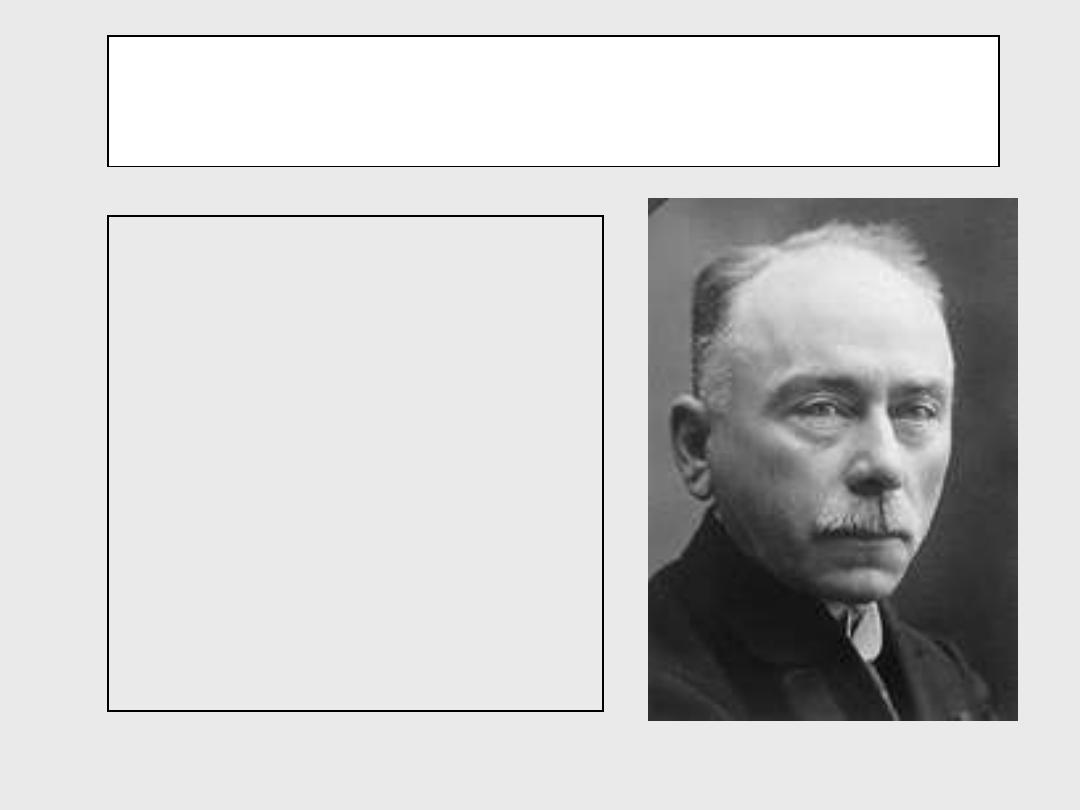
Complement: History
Discovered in 1894 by
Bordet
It represents lytic activity
of fresh serum
Its lytic activity destroyed
when heated at 56C
for 30 min

COMPLEMENT
ƒ
Complex series of plasma proteins
(C1-C9
).
ƒ
Heat labile (inactivated at 56 C for 30 min).
ƒ
Synthesized in vivo by
liver macrophages,
hepatocytes and intestinal epithelia
.
ƒ
Can be synthesized in vitro by monocytes and
macrophages.
ƒ
C3 is most abundant (1g/L of plasma) and
important complement component.
ƒ
Complement system ;
Plays a major role in innate and adaptive
immunity
.
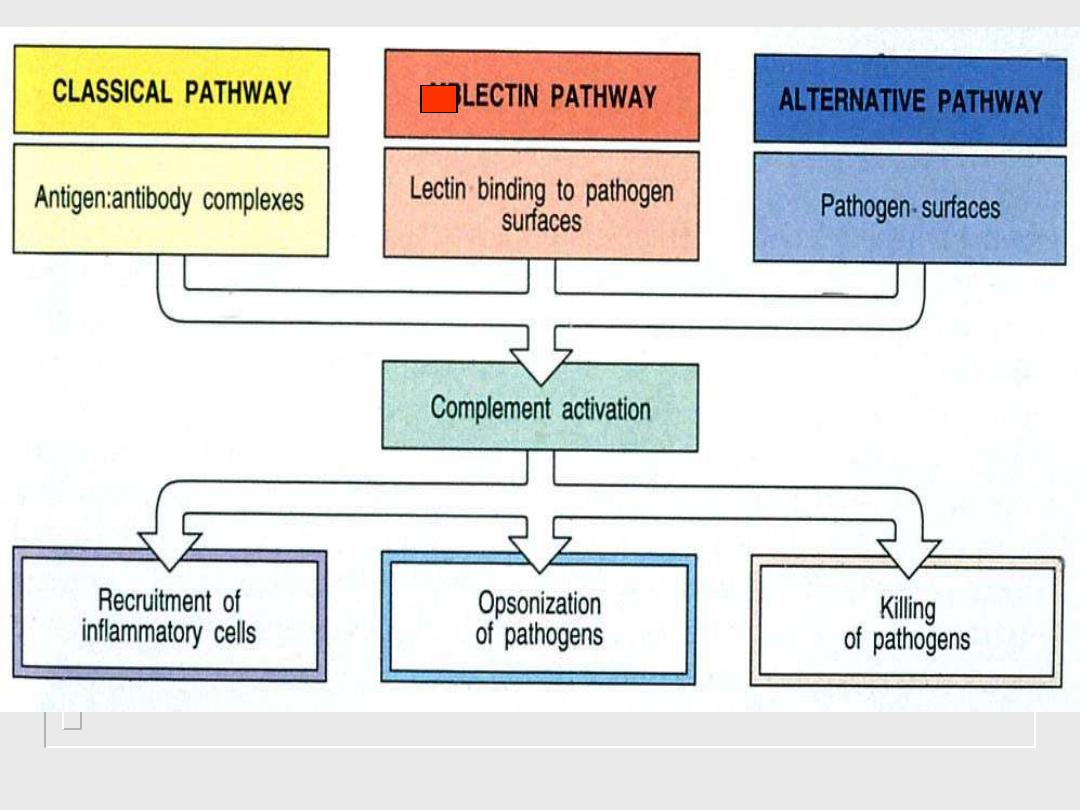

Complement functions
• Host benefit:
– opsonization to enhance phagocytosis
– phagocyte attraction and activation
– lysis of bacteria and infected cells
–
clearance of immune complexes
– clearance of apoptotic cells
• Host detriment:
– Inflammation, anaphylaxis
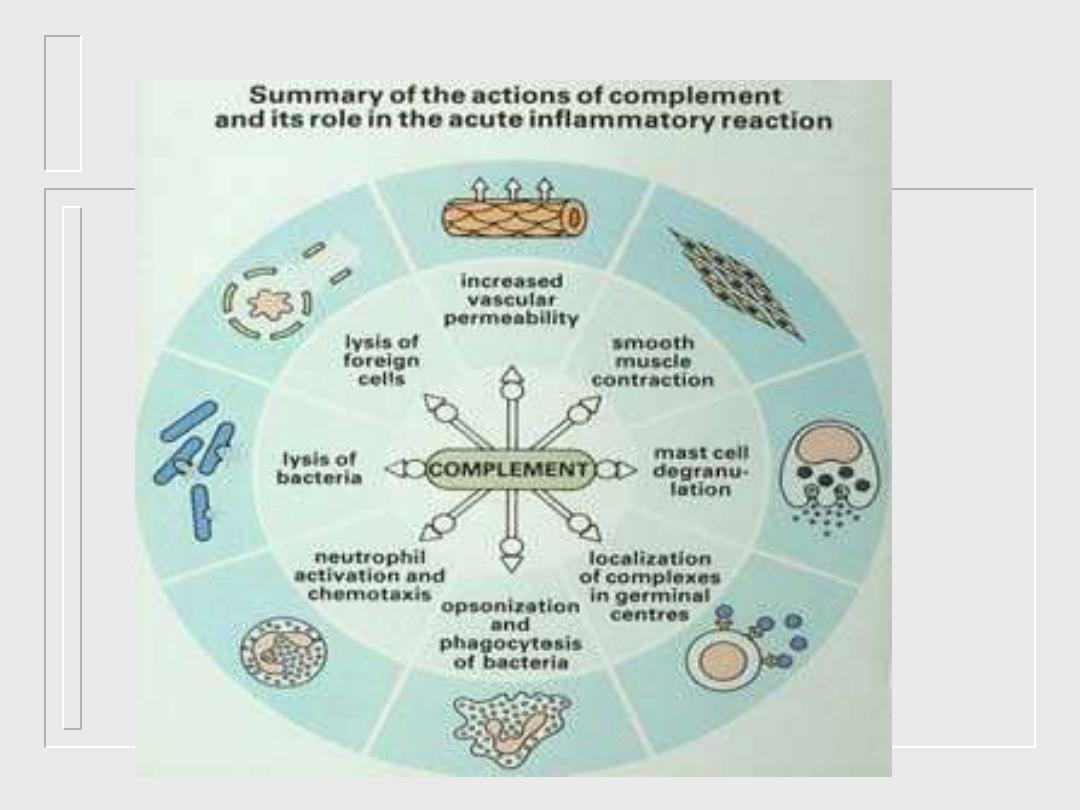

Proteins of the complement
system
(nomenclature)
• C1(qrs), C2, C3, C4, C5, C6, C7, C8, C9
• factors B, D, H and I, properdin (P)
• mannose binding lectin (MBL), MBL
associated serine proteases (MASP-1
MASP-2)

• C-activation:
alteration of C proteins such that they
interact with the next component
• C-fixation:
utilization of C by Ag-Ab complexes
• Convertase/esterase:
altered C-protein which acts
as a proteolytic enzyme for another C-component
Definitions

Activation product of complement
proteins (nomenclature)
When enzymatically cleaved, the larger moiety,
binds to the
activation complex or membrane
and the smaller peptide is released in the
microenvironment
Letter “b” is usually added to the larger,
membrane-
binding, peptide and “a” to the
smaller peptide (e.g., C3b/C3a, C4b/C4a,
C5b/C5a), EXCEPT C2 (the larger, membrane-
binding moiety is C2a; the smaller one is C2b)
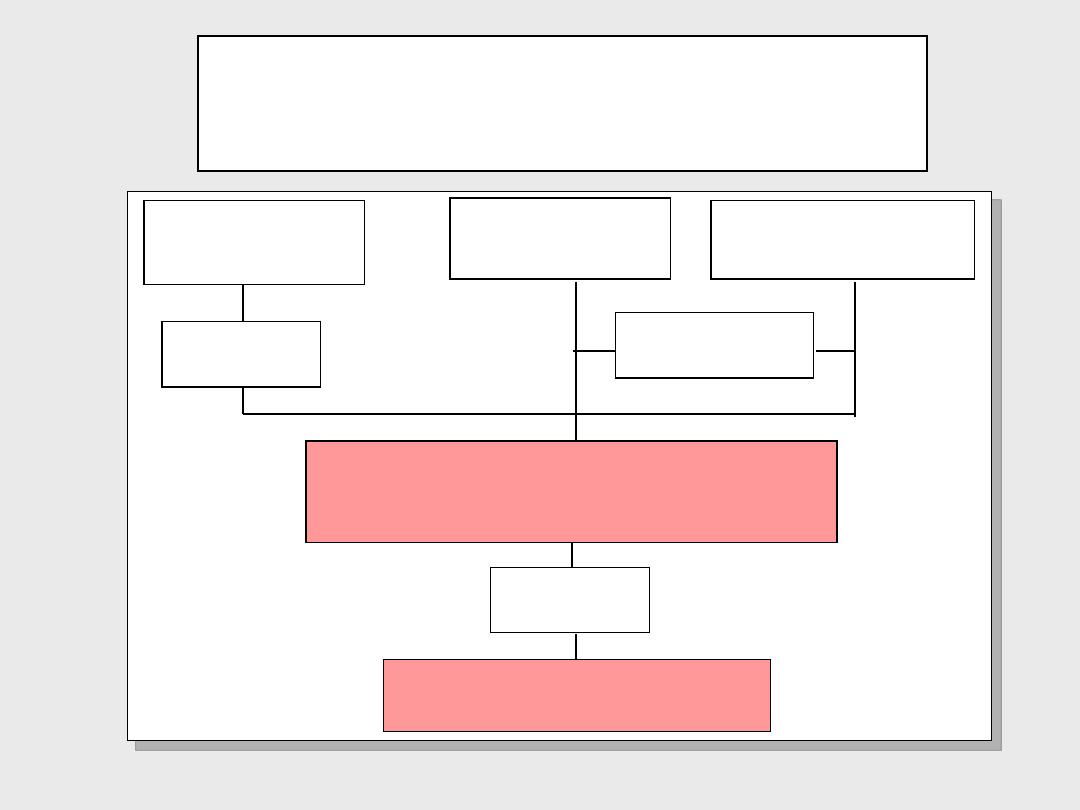
Pathways of complement
activation
CLASSICAL
PATHWAY
ALTERNATIVE
PATHWAY
activation
of C5
LYTIC ATTACK
PATHWAY
antibody
dependent
LECTIN
PATHWAY
antibody
independent
Activation of C3
and
generation of C5 convertase

THE CLASSICAL COMPLEMENT
PATHWAY
ƒ
Activated by Ag-Ab binding (can also
be activated by viruses, Mycoplasma,
DNA).
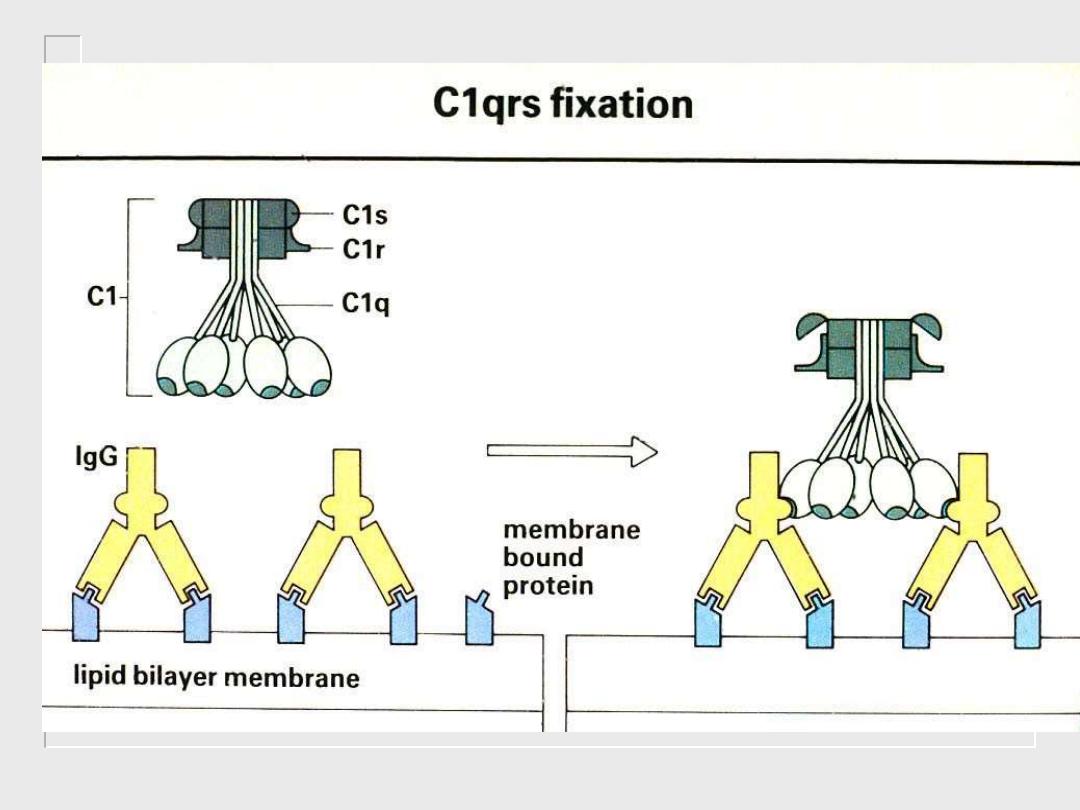

ƒ
One
IgM
molecule can stimulate C1 since it is a
pentamer with 5 Fc regions. At least 2 IgG molecules
are required to activate C1.
ƒ
IgM more efficient complement binding (fixing)
antibody than IgG.
ƒ
IgA and IgE lack C1q receptors and
cannot activate complement.
ƒ
Activated C1q activates C1r which activates C1s.
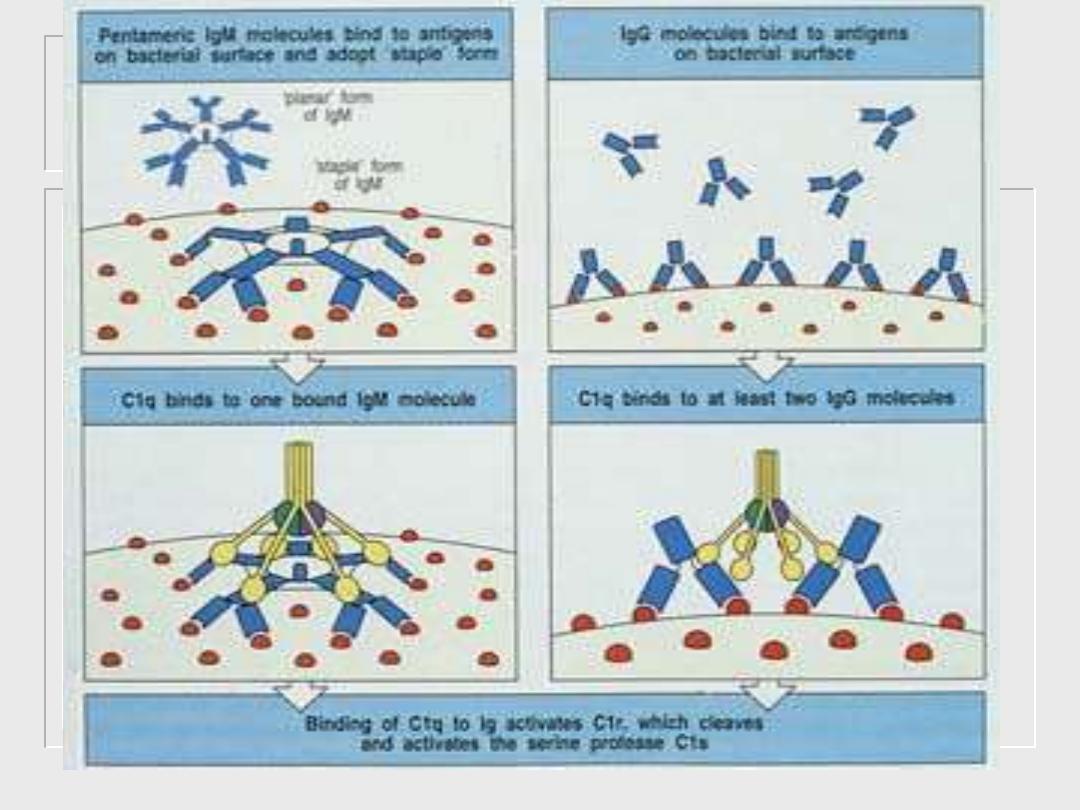
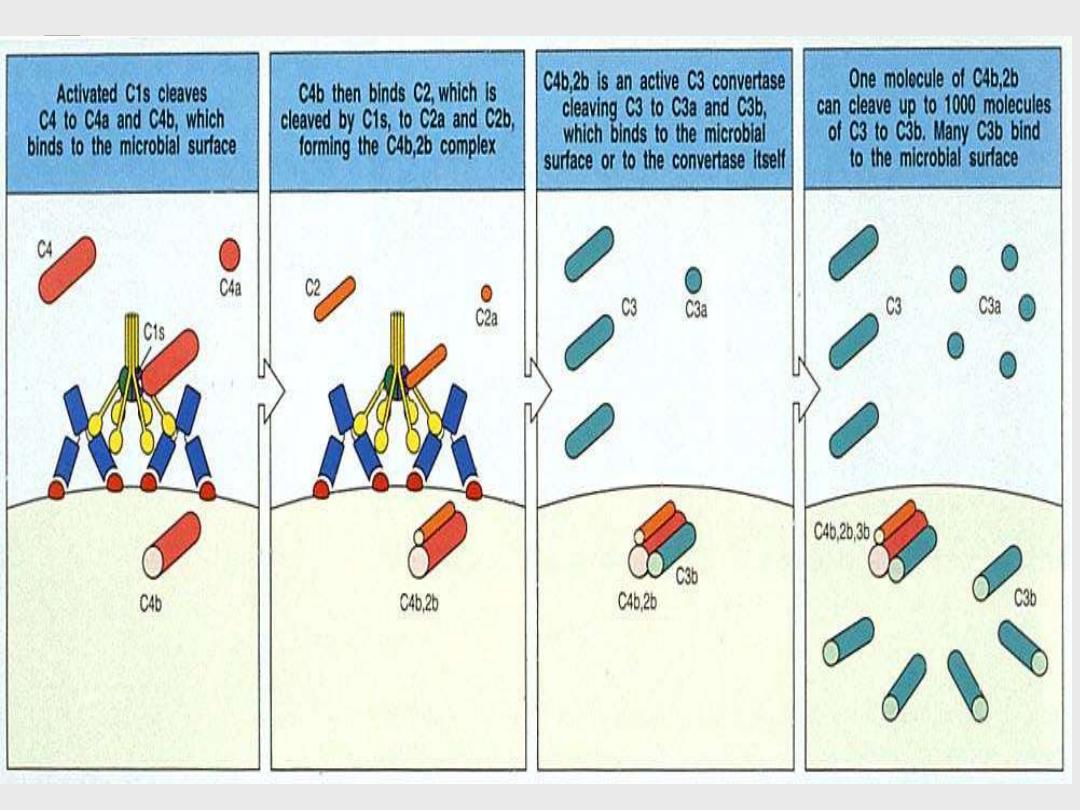
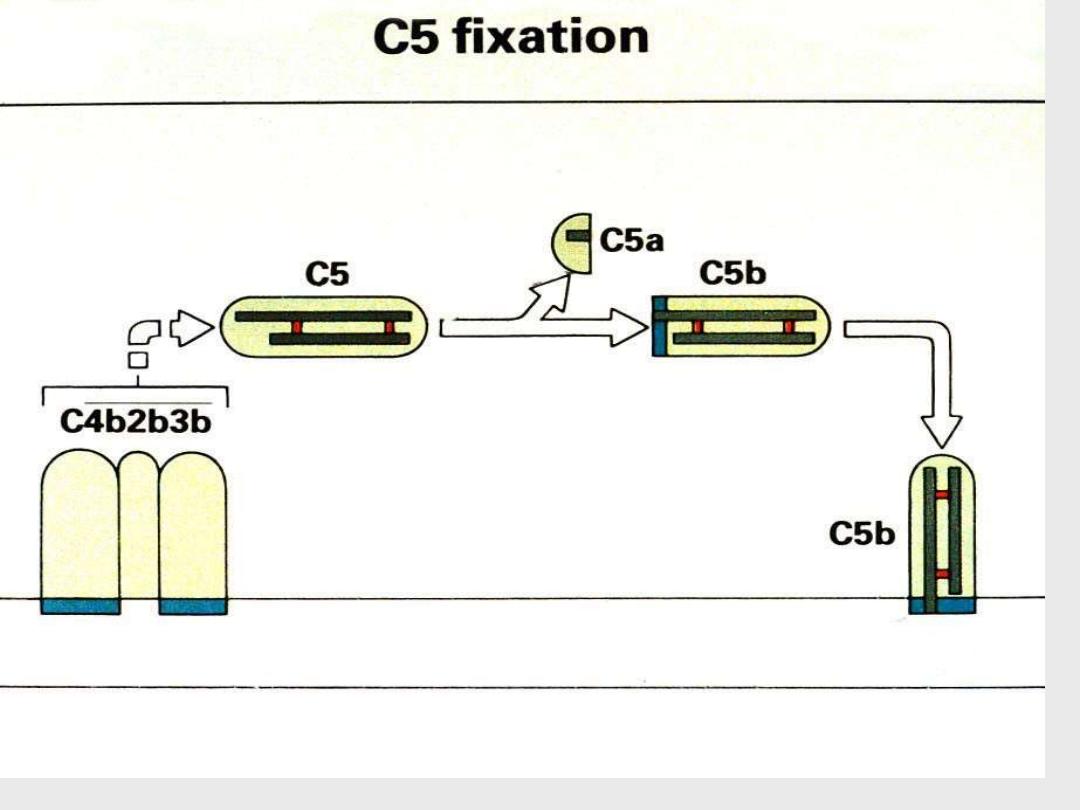
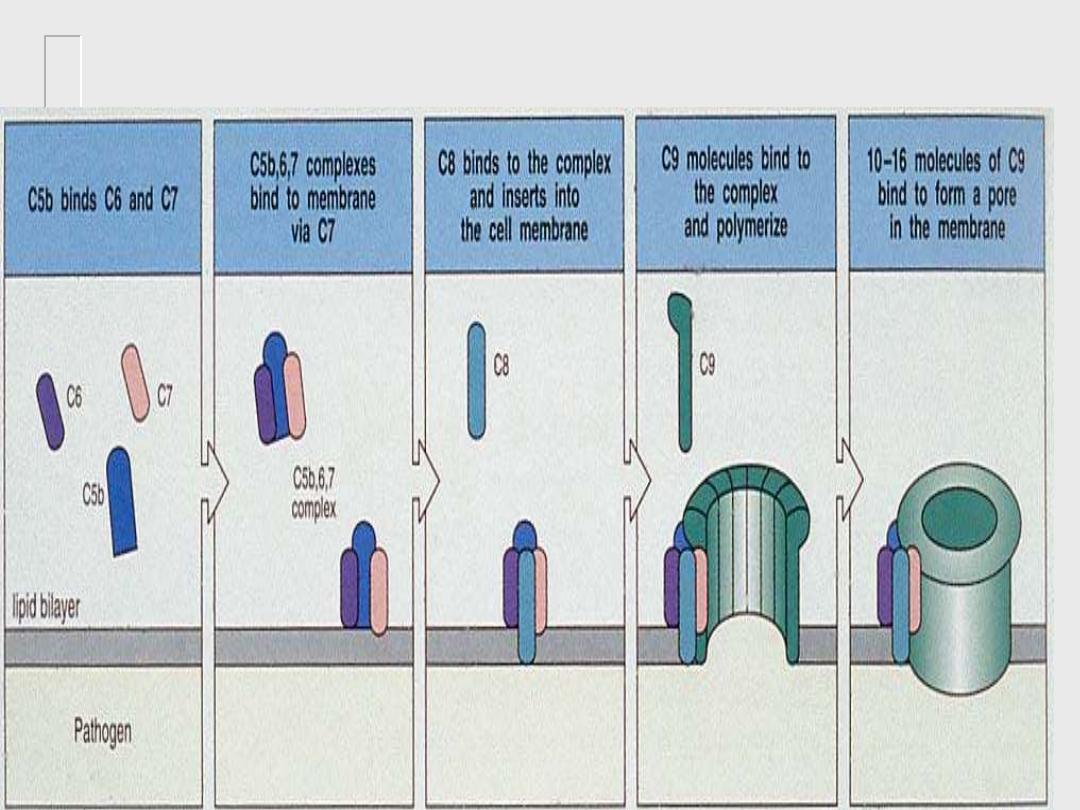
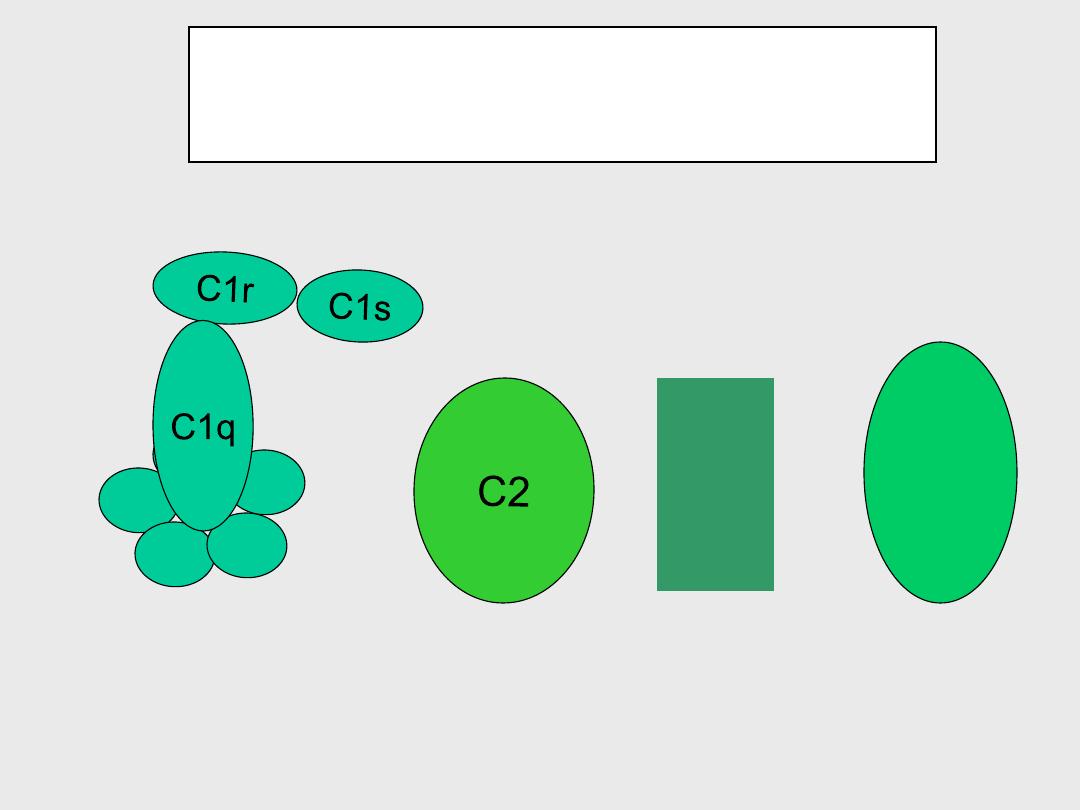
Components of the Classical
Pathway
C4
C3
C1 complex
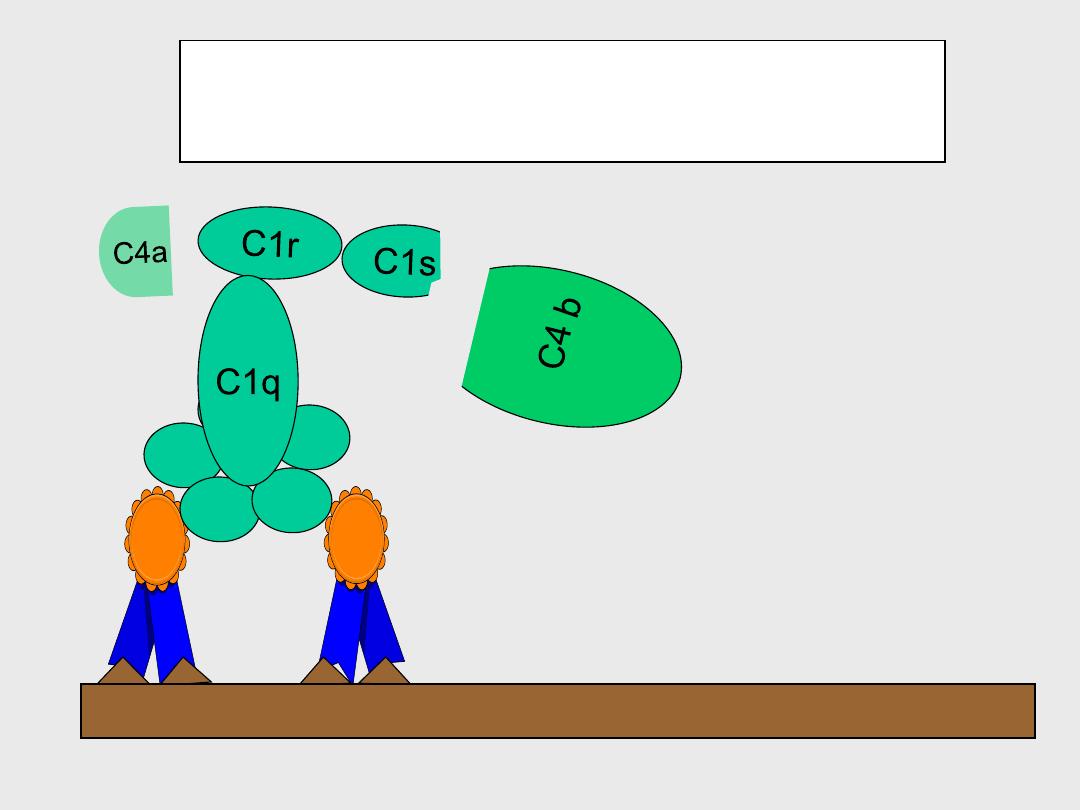
Classical Pathway
Generation of C3-convertase
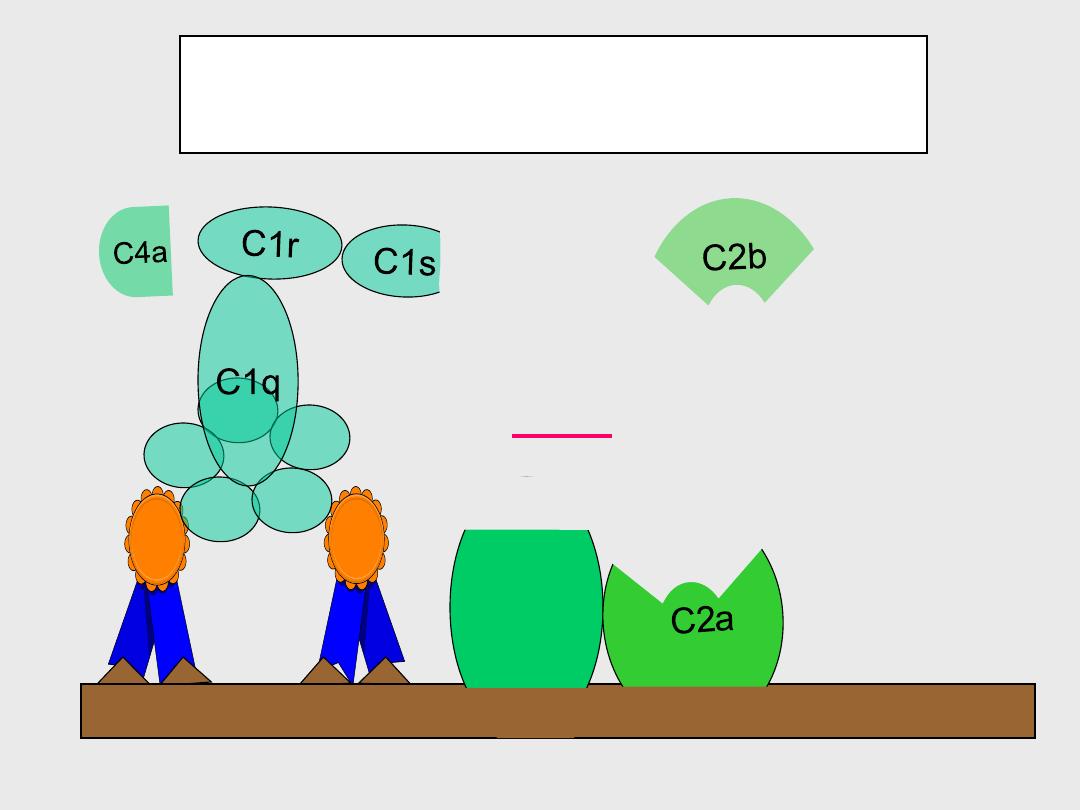
Classical Pathway
Generation of C3-convertase
C4b
_____
C4b2a is C3 convertase
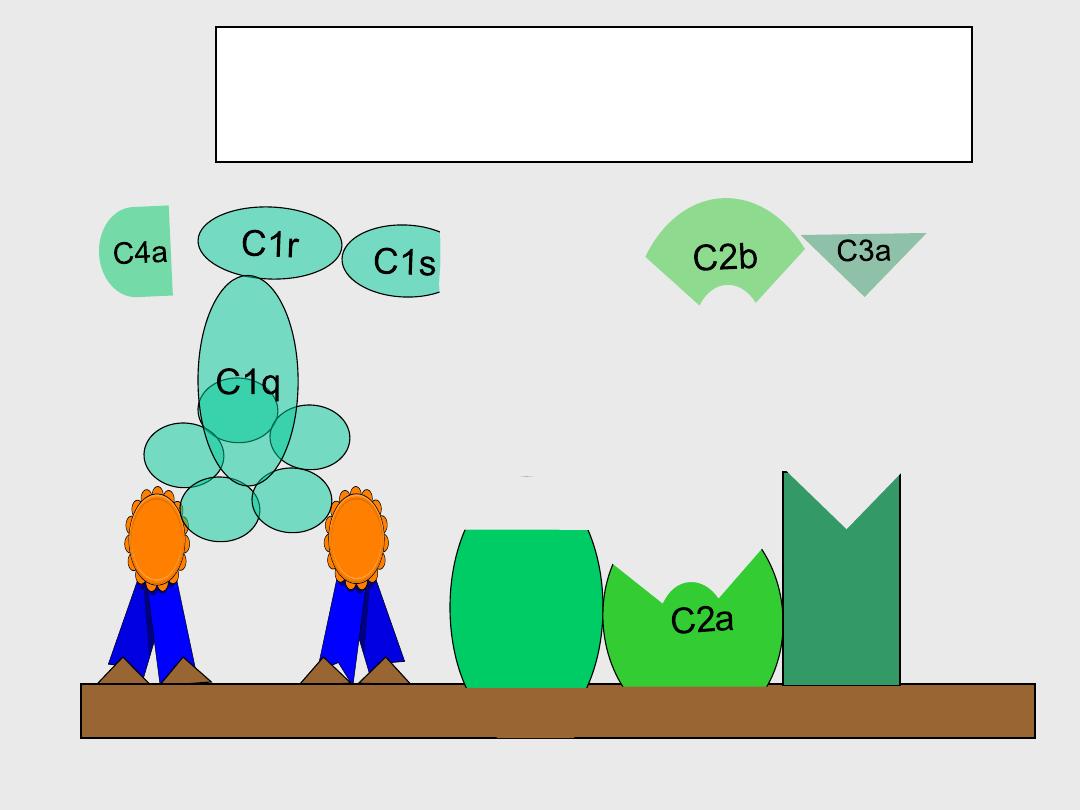
Classical Pathway
Generation of C5-convertase
C4b
C3
b
________
C4b2a3b is C5 convertase;
it leads into the Membrane
Attack Pathway
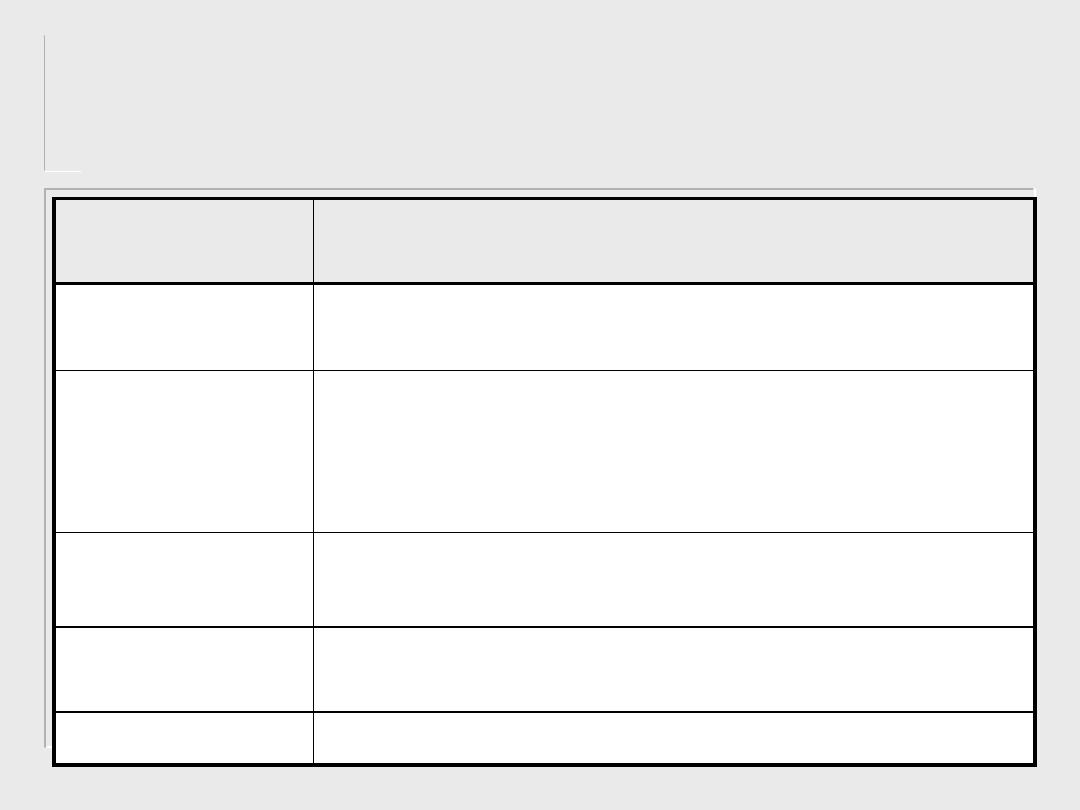
24
Biological Activities of Classical
Pathway Components
Component
Biological Activity
C2a(or b)
Prokinin; cleaved by plasmin to yield kinin, which
results in edema
C3a
Anaphylotoxin
; can activate basophils and mast
cells to degranulate resulting in increased vascular
permeability and contraction of smooth muscle cells,
which may lead to anaphylaxis
C3b
Opsonin
Activation of phagocytic cells
C4a
Anaphylaotoxin
C4b
Opsonin
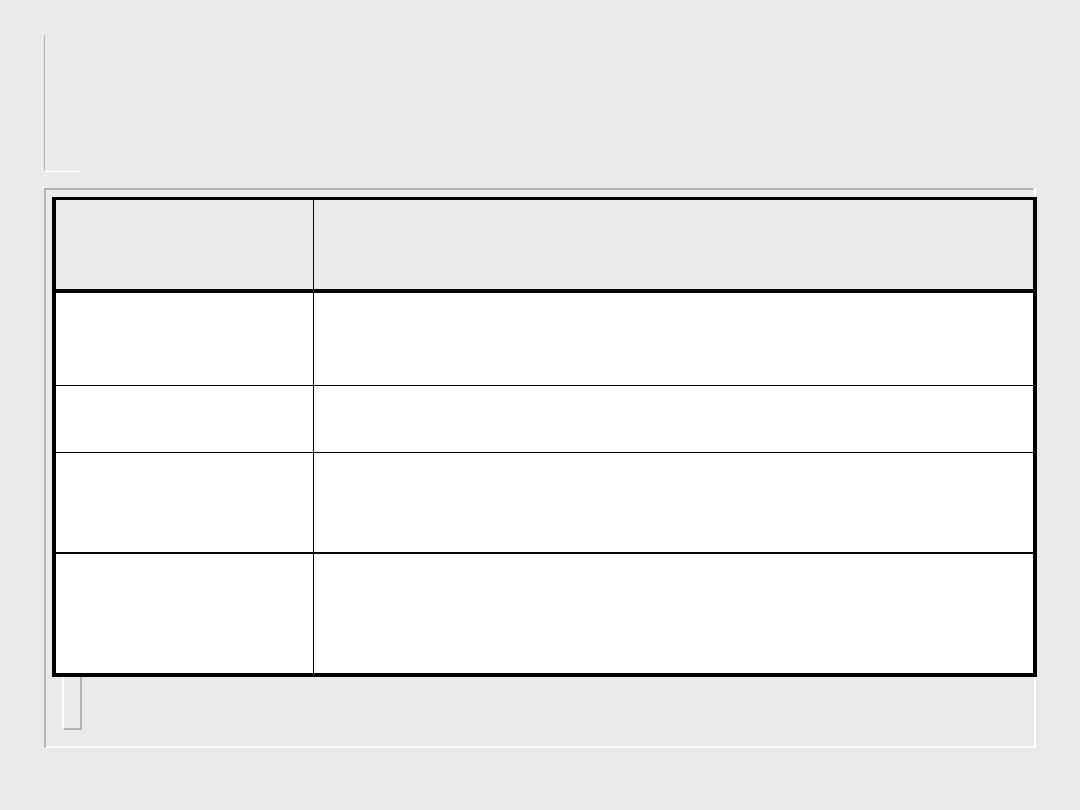
25
Control of Classical Pathway
Components
Component
Regulation
All
C1-inhibitor (C1-INH); dissociates C1r and C1s from
C1q
C3a
C3a-inactivator
C3b
Factors H and I; Factor H facilitates the degradation
of C3b by Factor I
C4a
C3a-INH
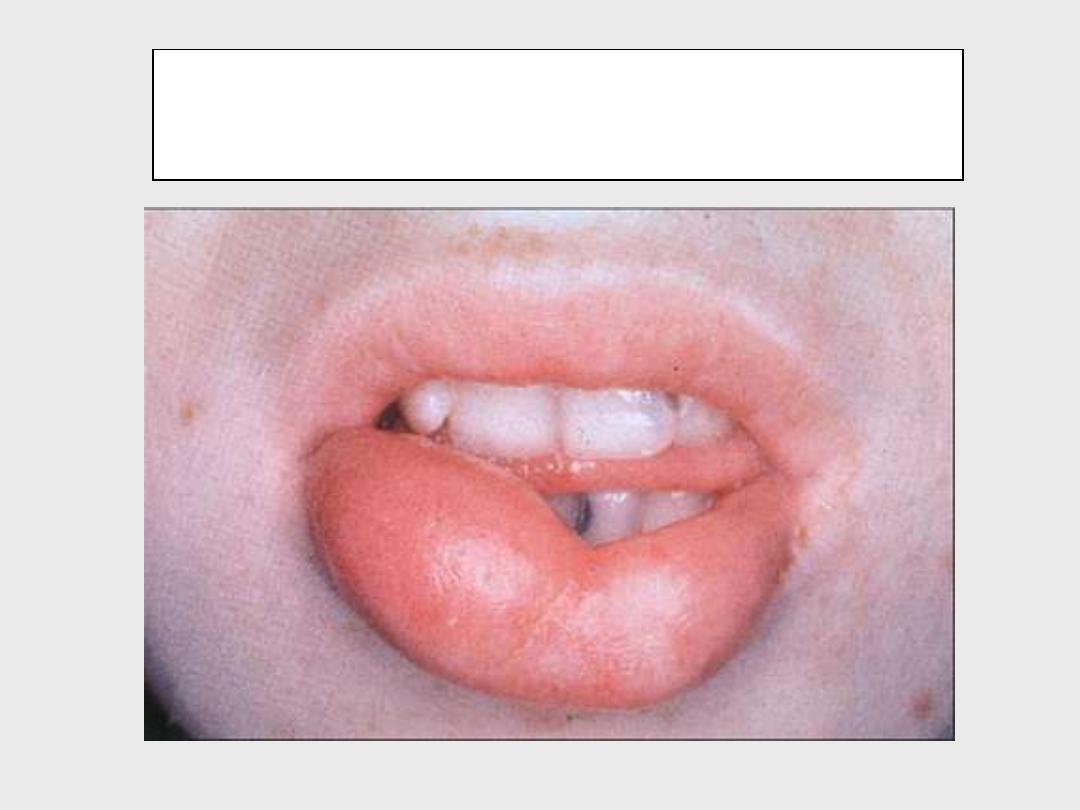
C1-inhibitor deficiency:
hereditary angioedema

Generation of C5 convertase
leads to the activation of the
Lytic pathway
Lytic pathway
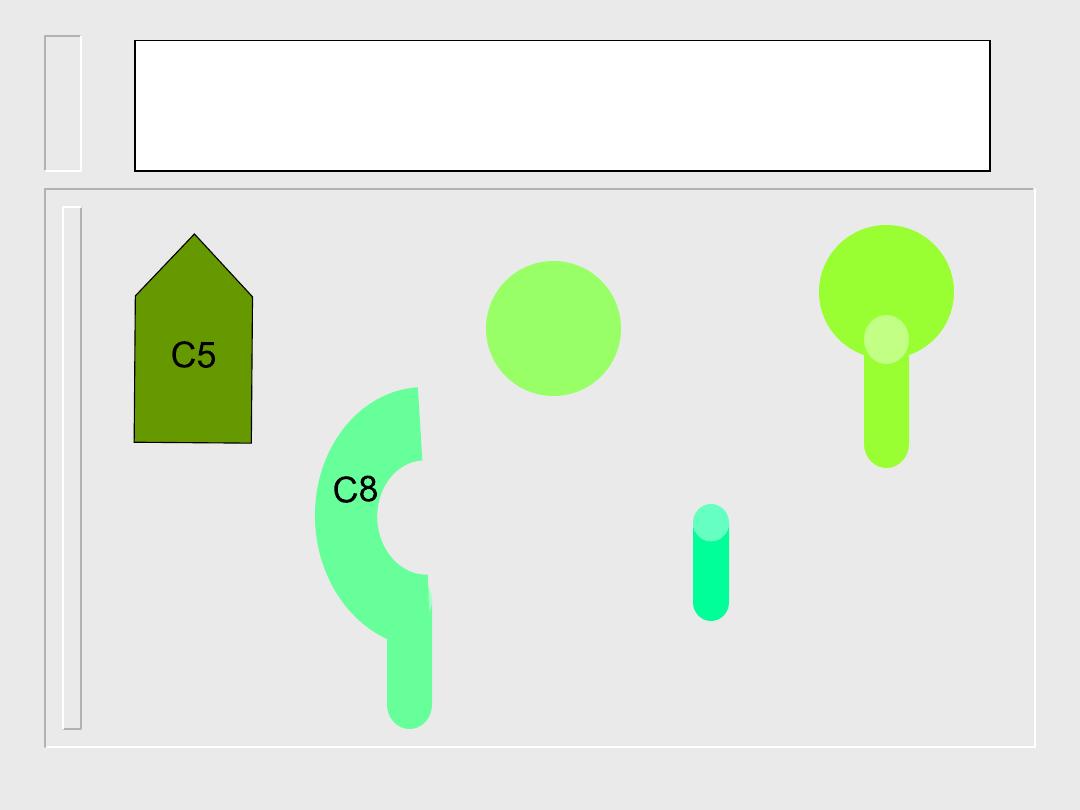
Components of the lytic pathway
C6
C
9
C7
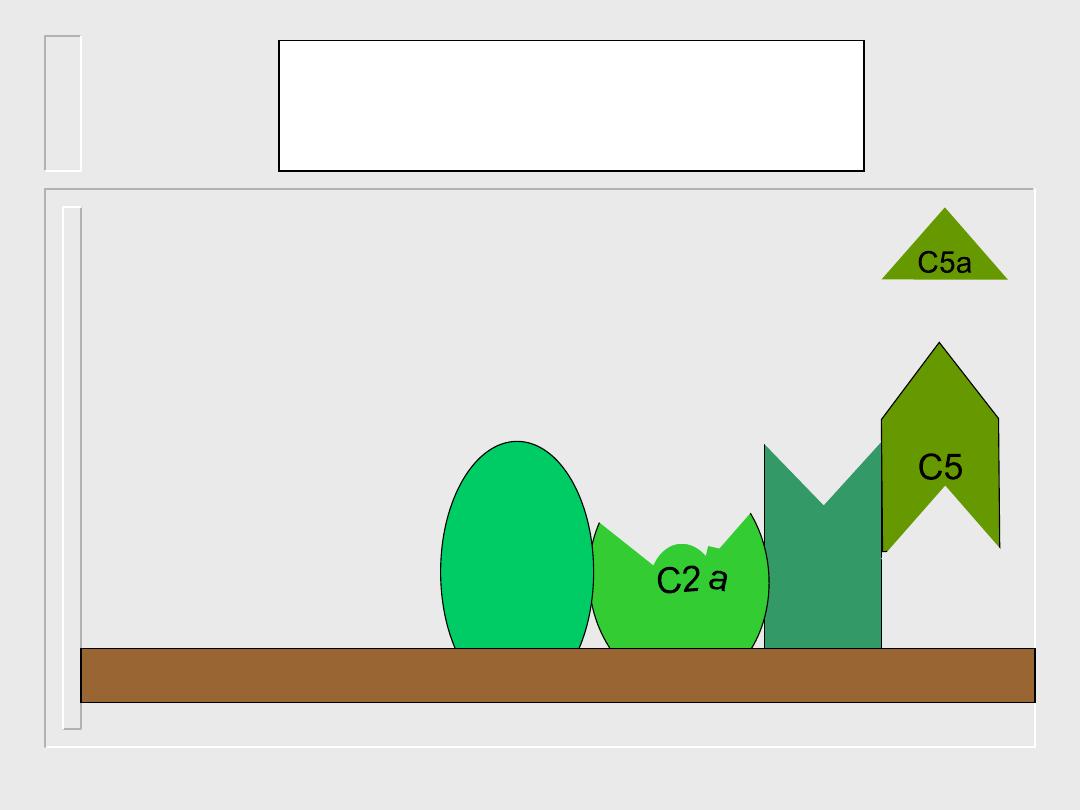
Lytic pathway
C5-activation
C3b
C4b
b
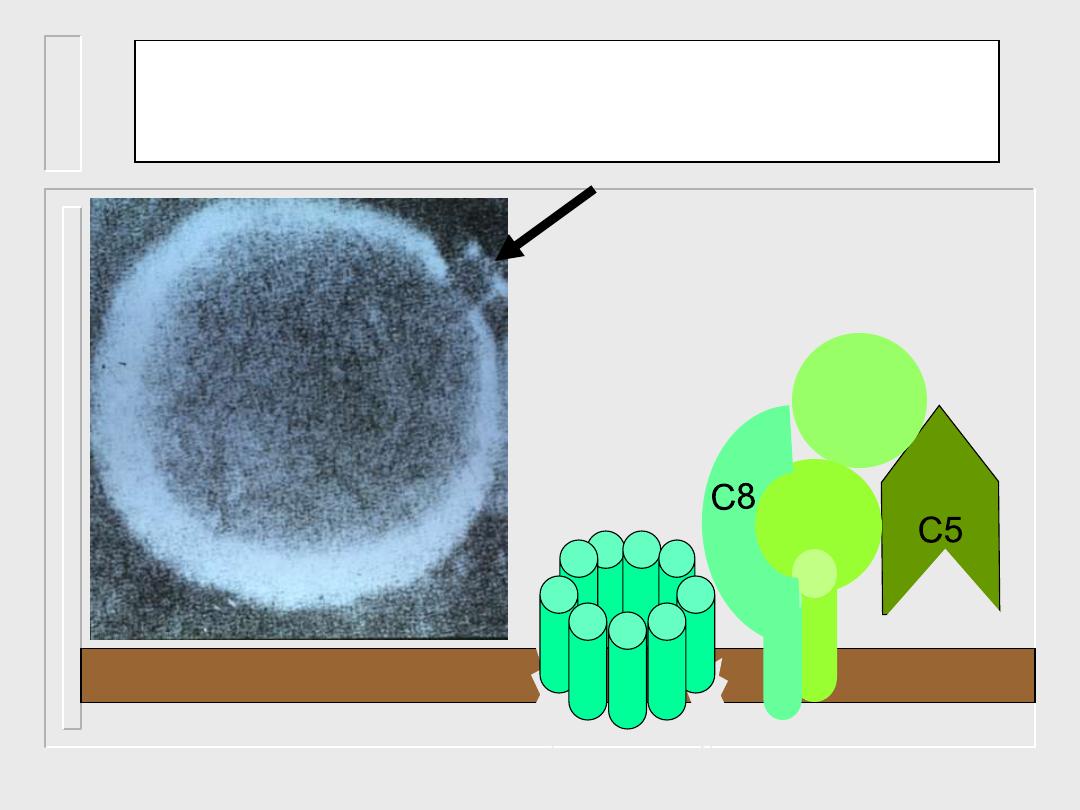
Lytic pathway:
insertion of lytic complex into cell membrane
b
C6
C7
C
9
C
9
C
9
C
9 C
9
C
9 C
9
C
9
C
9

MANNAN-BINDING LECTIN COMPLEMENT PATHWAY
ƒ
Activated by binding of a serum protein -mannose-binding
lectin (MBL) to mannose-containing proteins or
to carbohydrates on bacteria or viruses.
ƒ
Activates the classical pathway in an (antibody and C1)
independent manner.
ƒ
MBL is structurally similar to C1q. Instead of C1r and C1s,
MBL associates with mannose-binding lectin-associated
serum proteases (MASP-1 and MASP-2) to activate C4 and
C2
ƒ
Activation by MBL:MASP complex generates C3 convertase
which progresses as in the classical pathway to produce the
membrane attack complex.
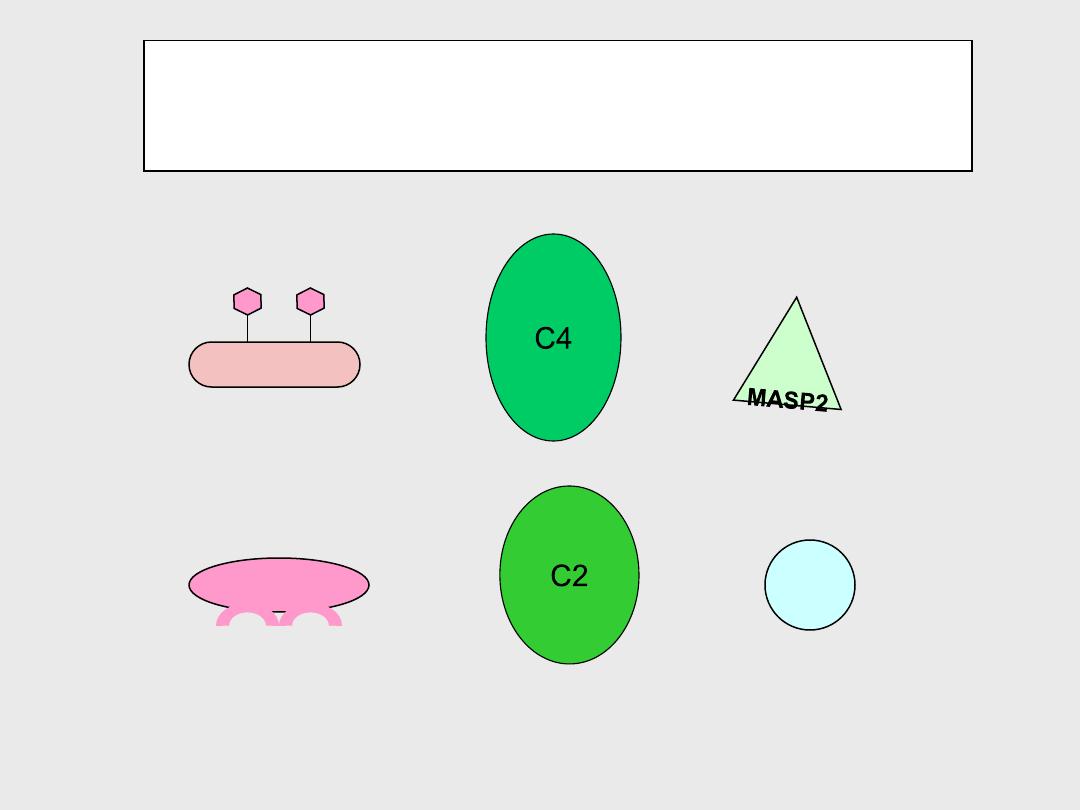
Components of mannose-binding
lectin pathway
MBL
MASP1
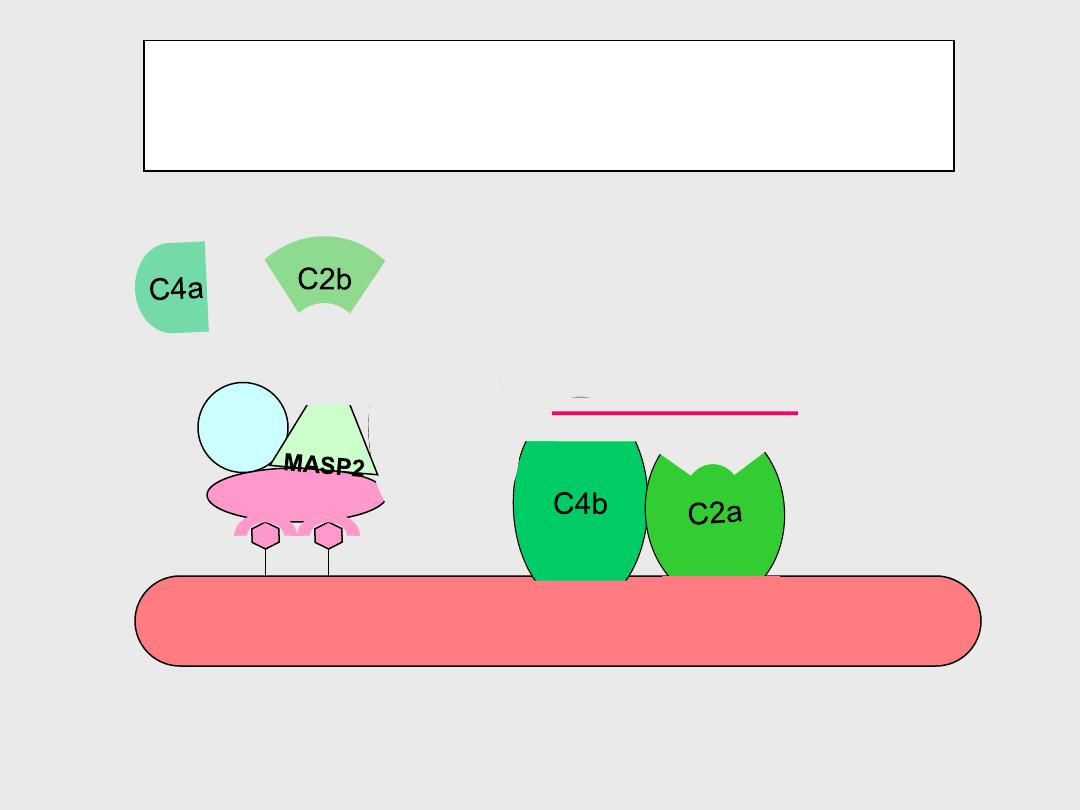
Mannose-binding lectin pathway
MBL
_____
C4b2a is C3 convertase; it
will lead to the generation of
C5 convertase
MASP1

